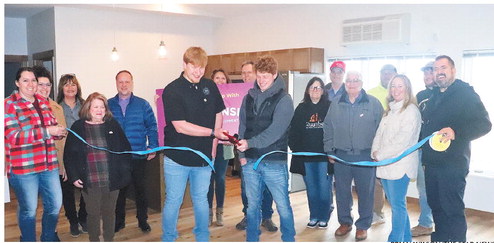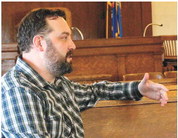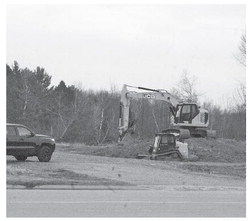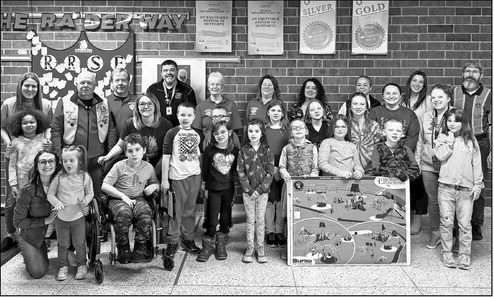FFA has a long history of growing rural leaders


The future of agriculture in America is tied closely with the roots of FFA.
This week, America celebrates national FFA Week and takes time to look back on the history of the organization and the activities of local club members in the past year.
There are events in Medford and Gilman Schools this week celebrating agriculture and its important role in the local and national economies.
In 1928, 33 students from 18 states gathered in Kansas City, Mo., to form the Future Farmers of America.
The roots of FFA originate from a time when youth were losing interest and leaving the farm. Walter S. Newman, who in September 1925 became the Virginia State Supervisor of Agricultural Education, sought a solution to the problem with Edmund C. MaGill, Harry W. Sanders and Henry C. Groseclose, staff members of the Virginia Polytechnic Institute Agricultural Education Department.
Newman proposed forming an organization that offered farm boys “an opportunity for self-expression and for the development of leadership. In this way they will develop confidence in their own ability and pride in the fact that they are farm boys.” J.O. Hoge later suggested the name: Future Farmers of Virginia and it was presented in Virginia in 1926.
Two years later, the idea reached the national stage during the American Royal Livestock Show in Kansas City, Mo. That’s when 33 young students from 18 states gathered at the Hotel Baltimore to establish the Future Farmers of America. The group elected Leslie Applegate of Freehold, N.J., as its first president and adopted the national emblem. In 1929, national blue and corn gold became the official colors of FFA.
Girls were restricted from the earliest forms of FFA membership by delegate vote at the 1930 national convention. The decision to deny female members for many years denied recognition of the key role women have played on farms and in agriculture since the days of the American pioneers.
It wasn’t until 1969 that females gained full FFA membership privileges by vote of the national convention delegates, despite many state associations permitting female members long before. New York’s Anita Decker and New Jersey’s Patricia Krowicki became the first two female delegates to the national convention in 1970.
Today, females represent more than 45 percent of FFA members and roughly half of all state leadership positions. In 1976, Washington’s Julie Smiley became the first female national FFA officer.
Since 1928, millions of agriculture students have donned the official FFA jacket and championed the FFA Creed. All 50 states and two U.S. territories are currently chartered members of the national organization, representing 629,367 student members who belong to one of 7,757 local FFA chapters. It’s a testament to the power of common goals and the strong ideals of the FFA founders.
Their mission was to prepare future generations for the challenges of feeding a growing population. They taught us that agriculture is more than planting and harvesting – it’s a science, it’s a business and it’s an art.
Today, the National FFA Organization remains committed to the individual student, providing a path to achievement in premier leadership, personal growth and career success through agricultural education.
FFA continues to help the next generation rise up to meet those challenges by helping its members to develop their own unique talents and explore their interests in a broad range of agricultural career pathways. So today, we are still the Future Farmers of America. But, they are the future biologists, future chemists, future veterinarians, future engineers and future entrepreneurs of America, too.




